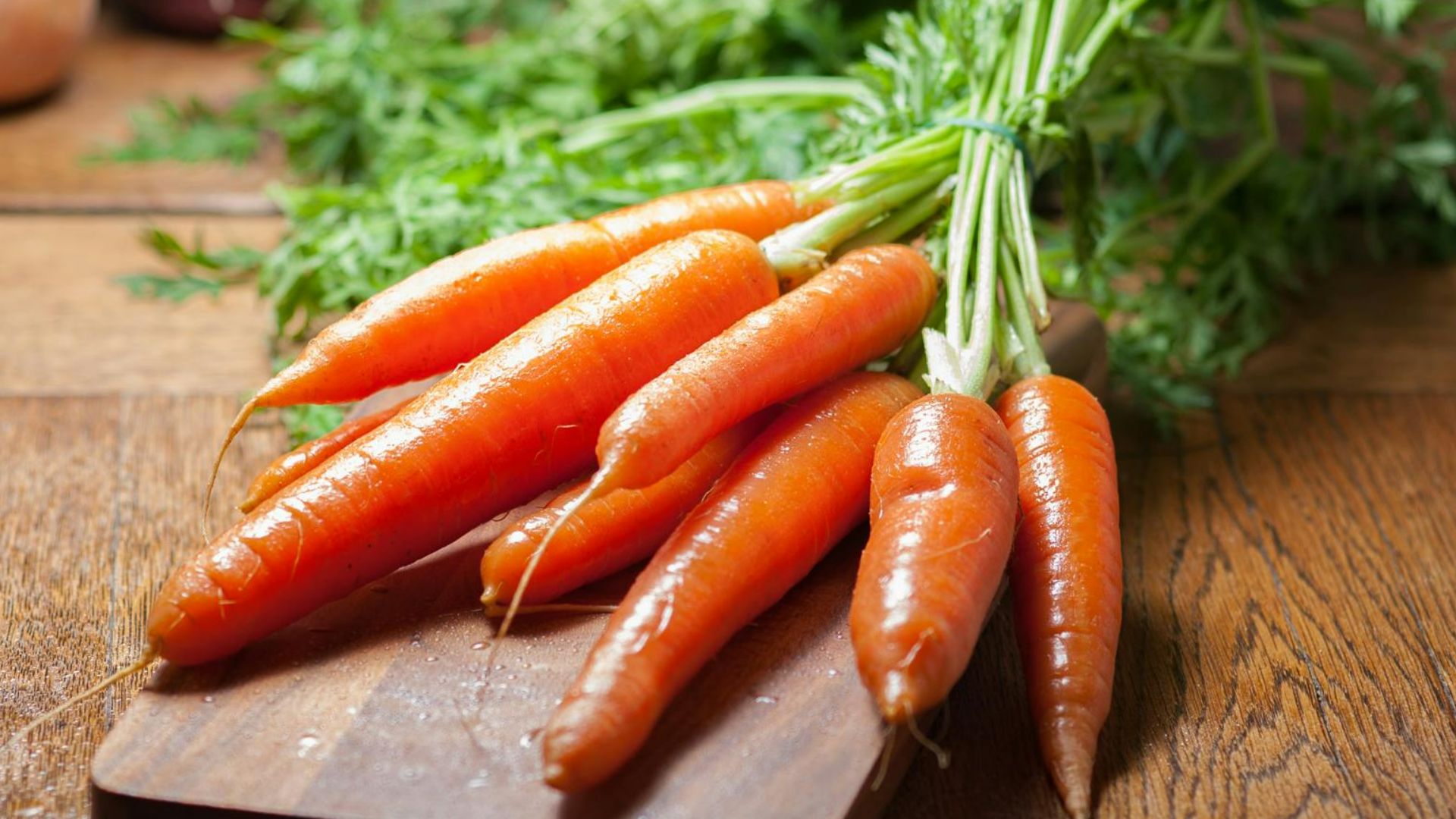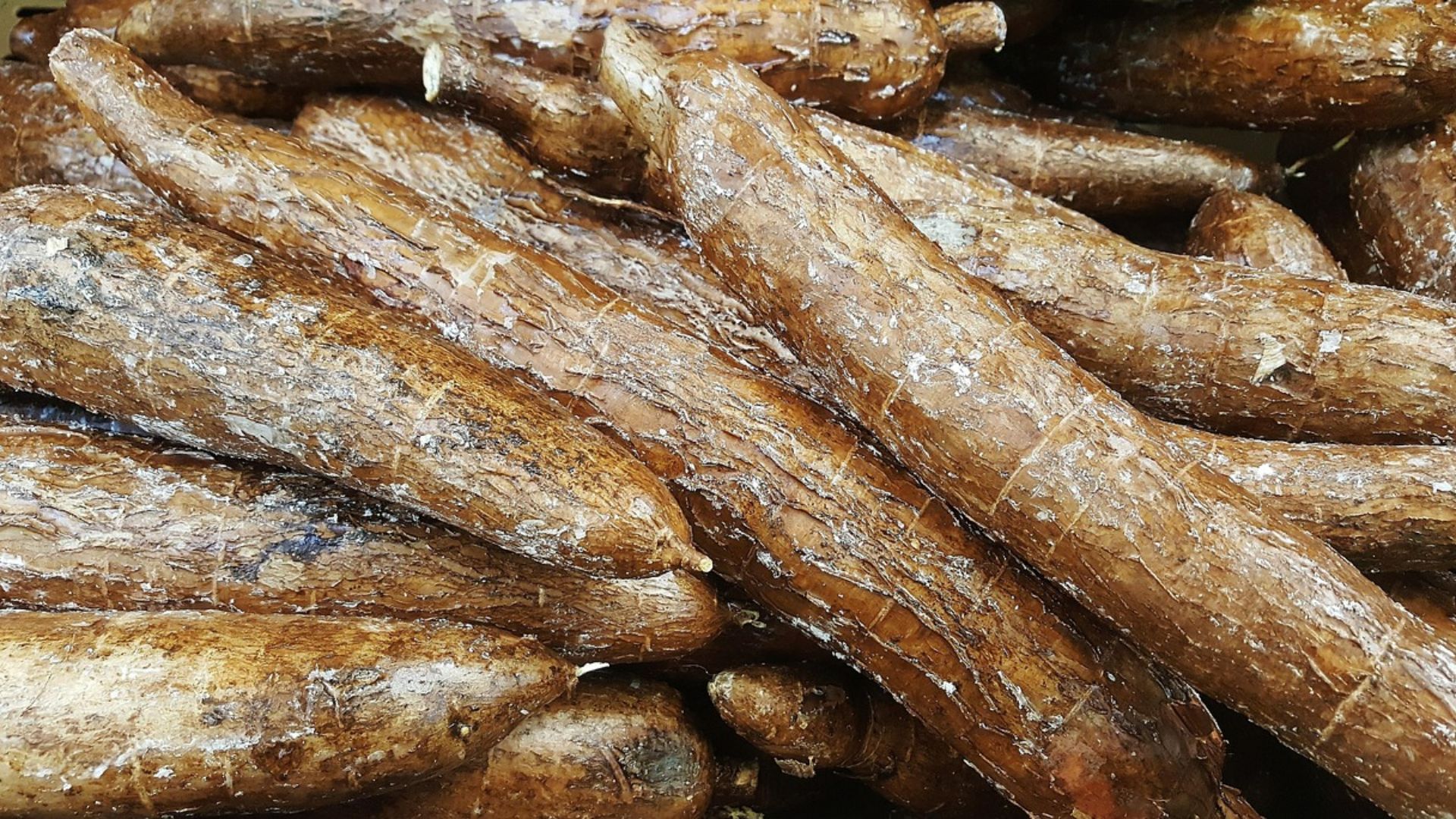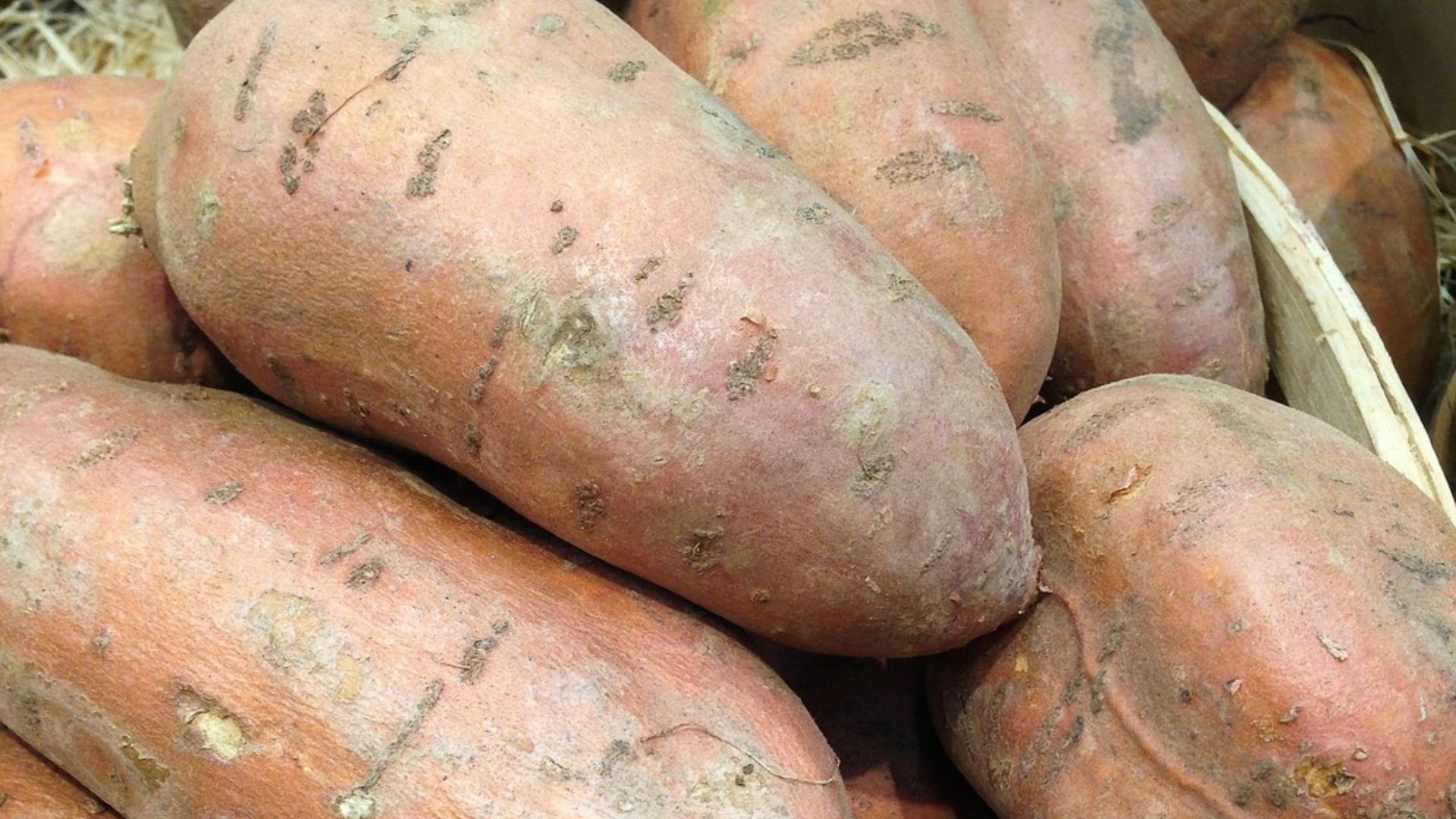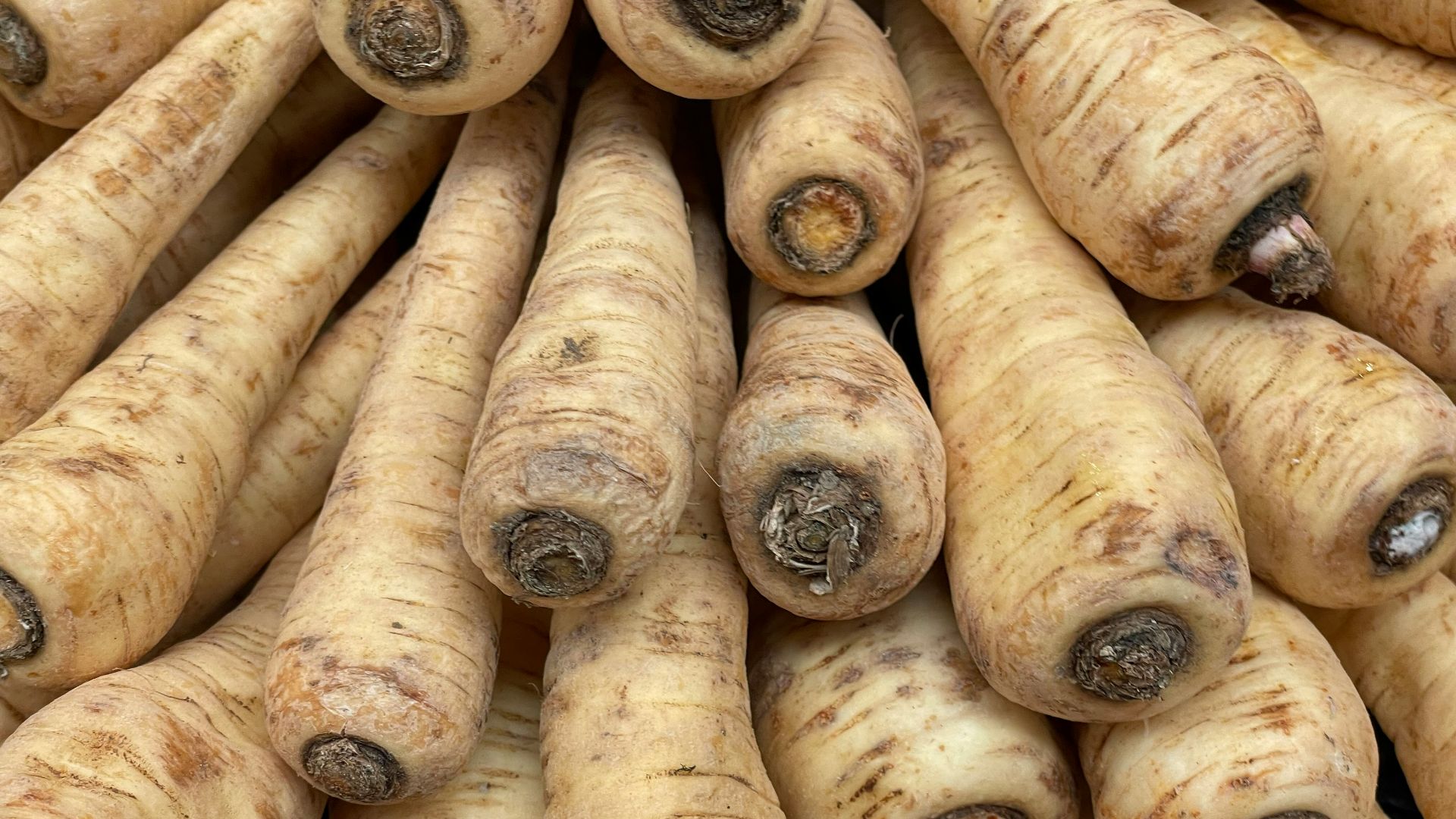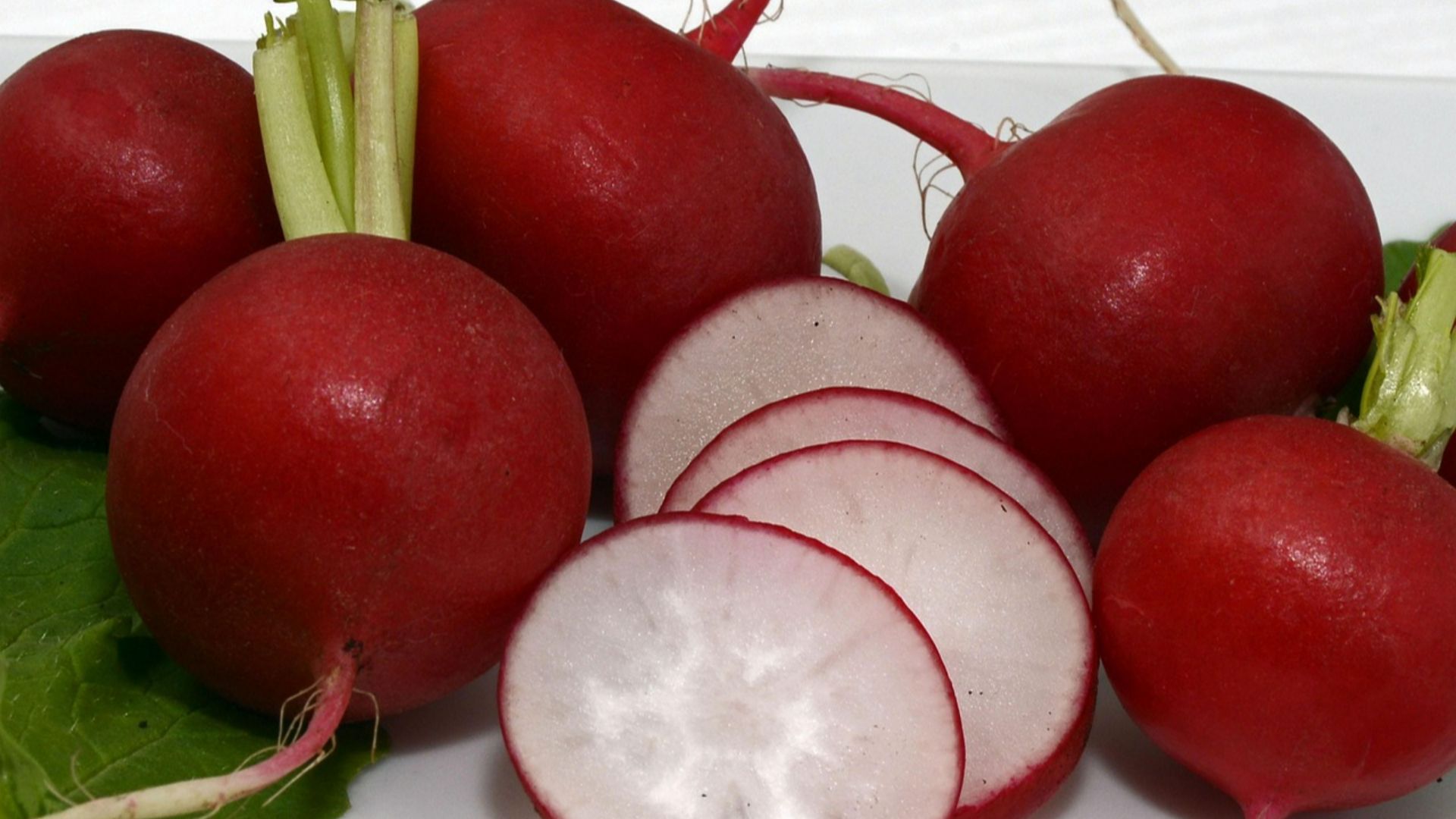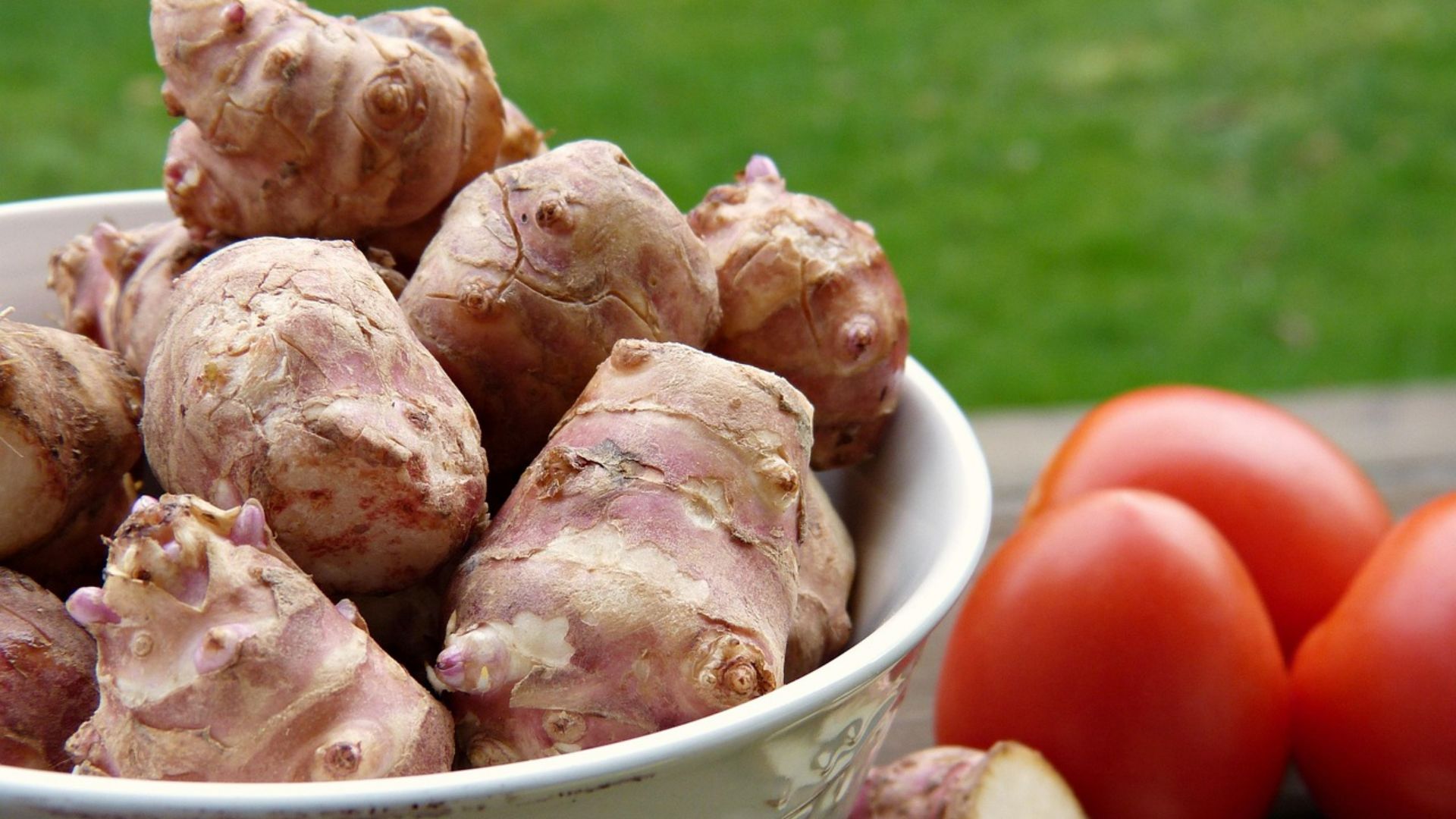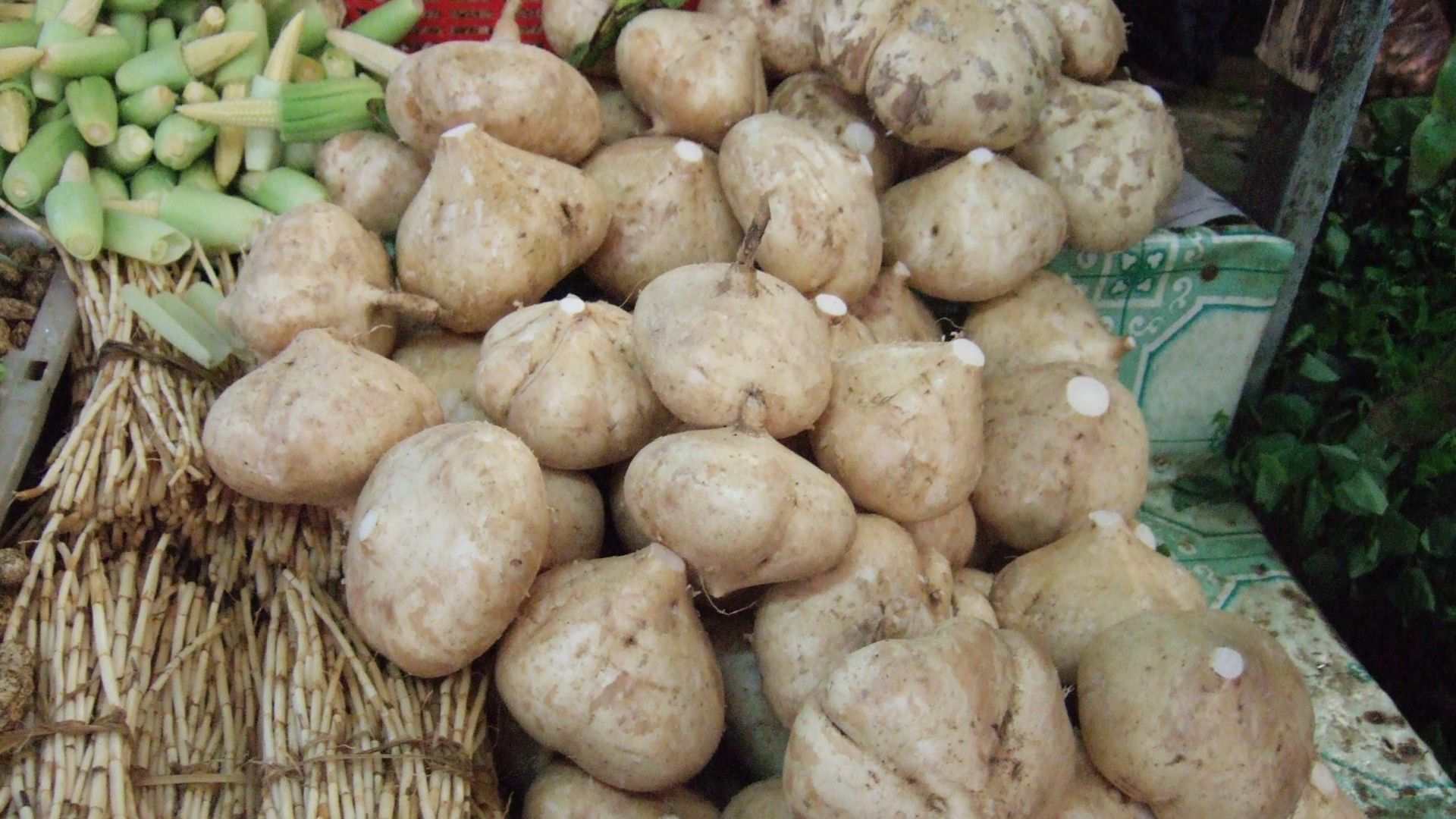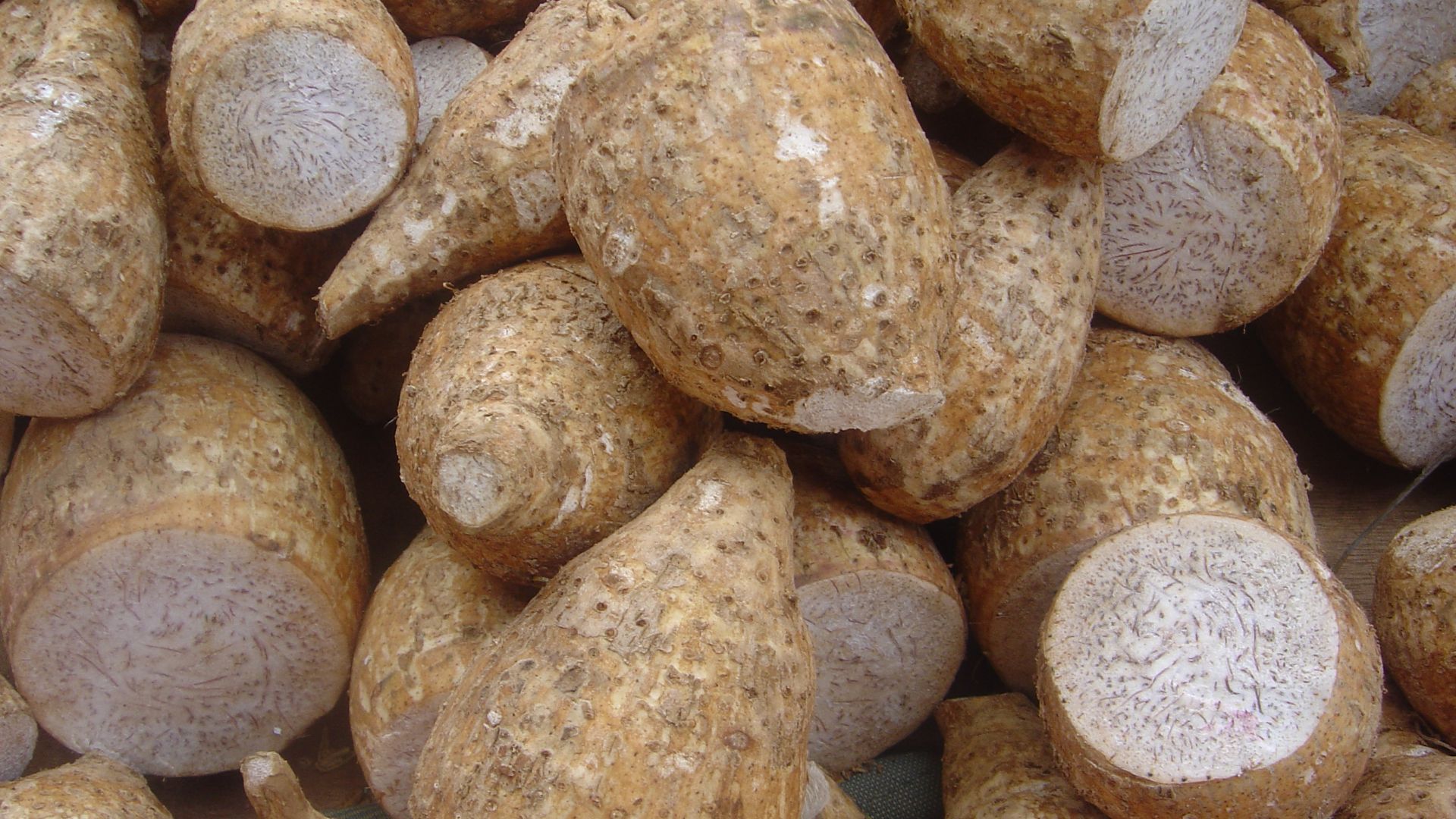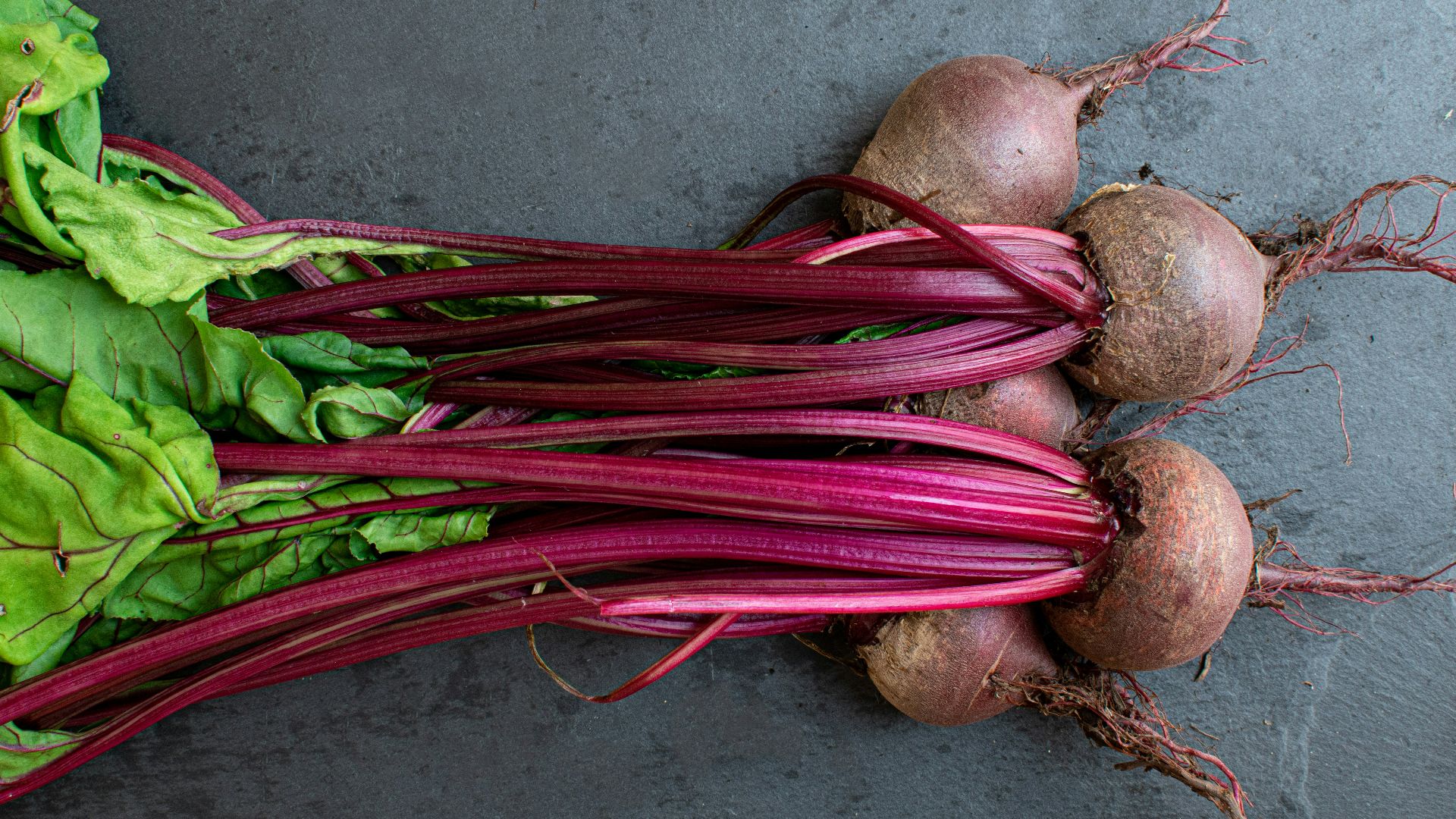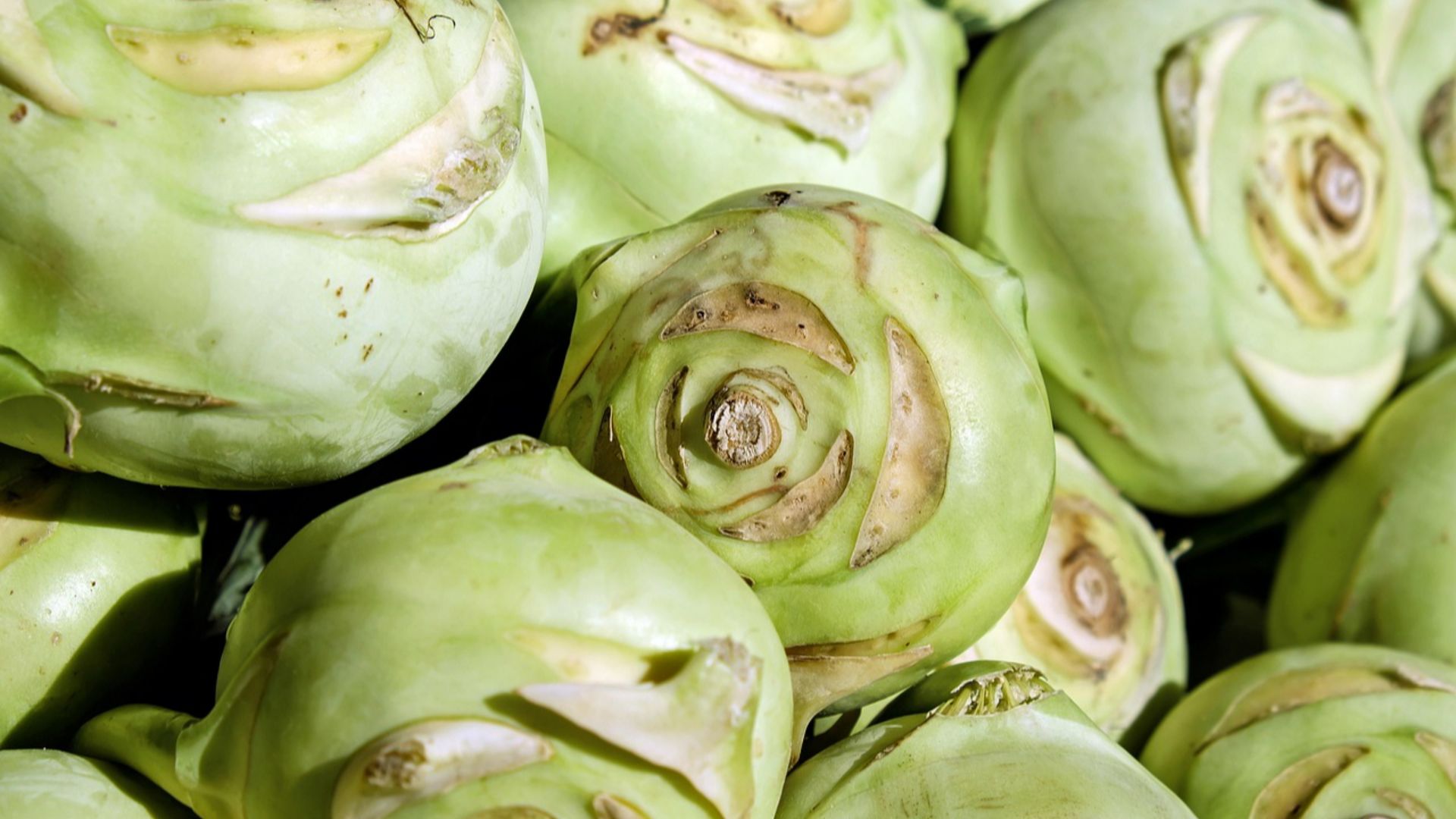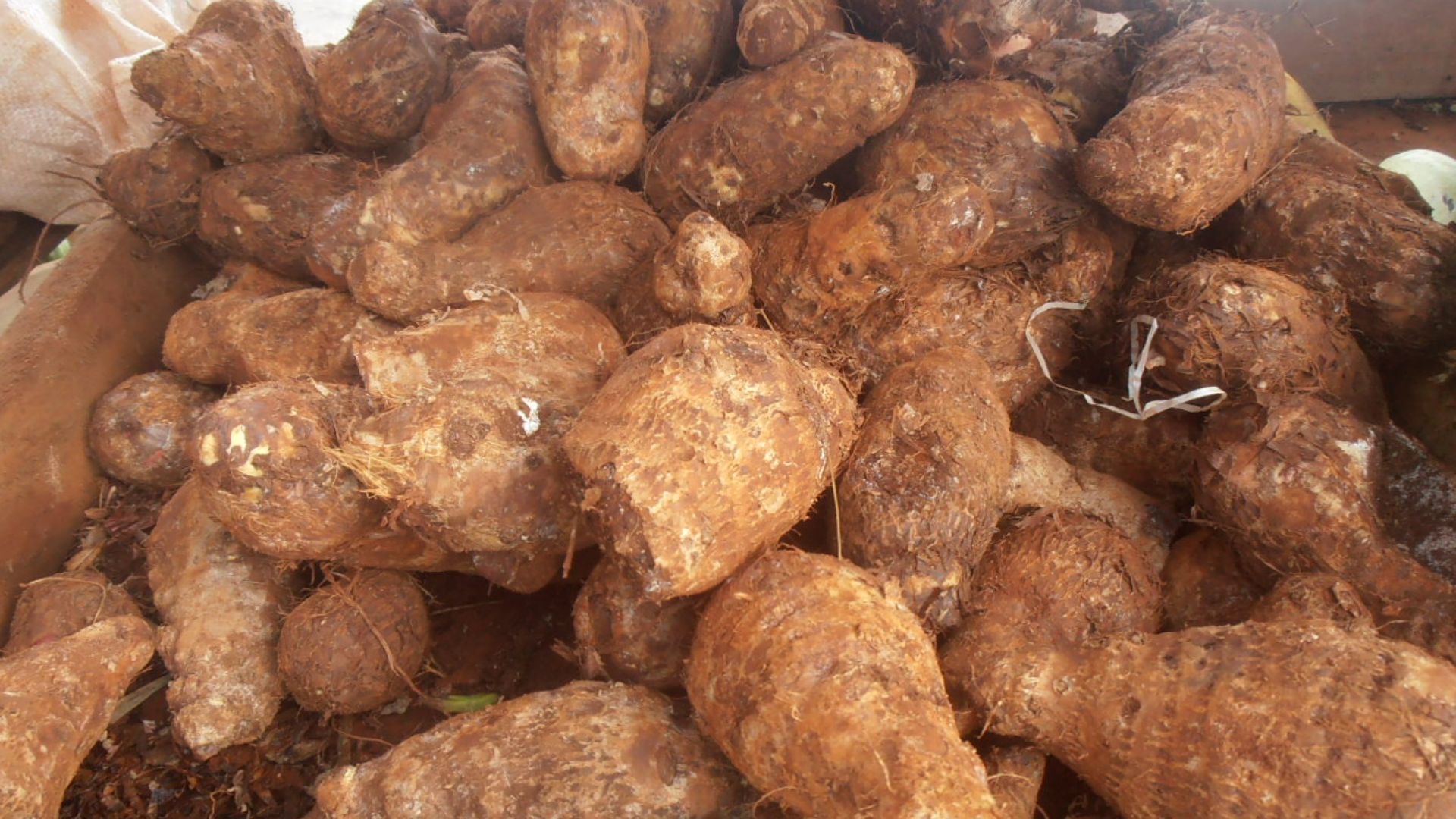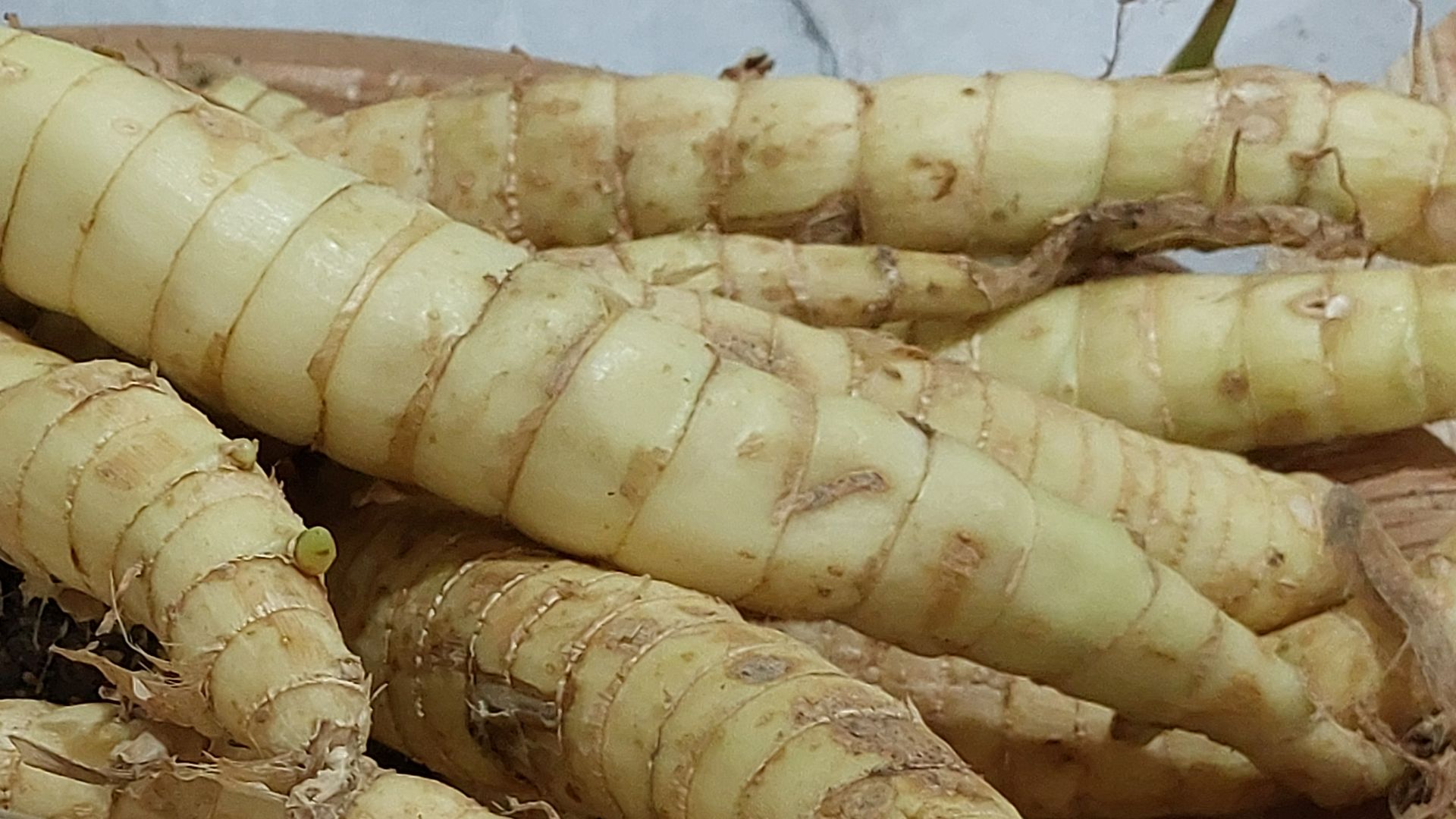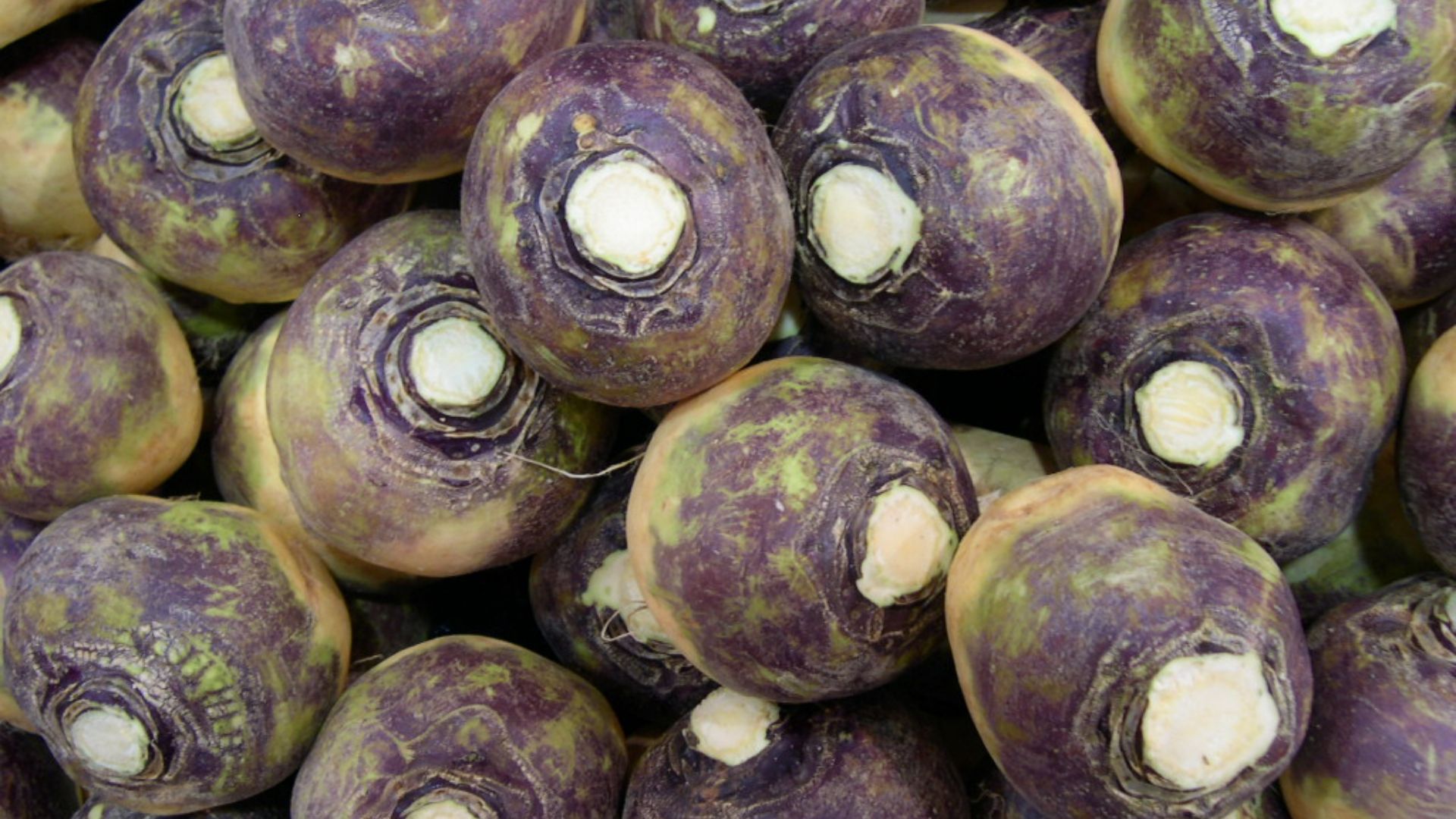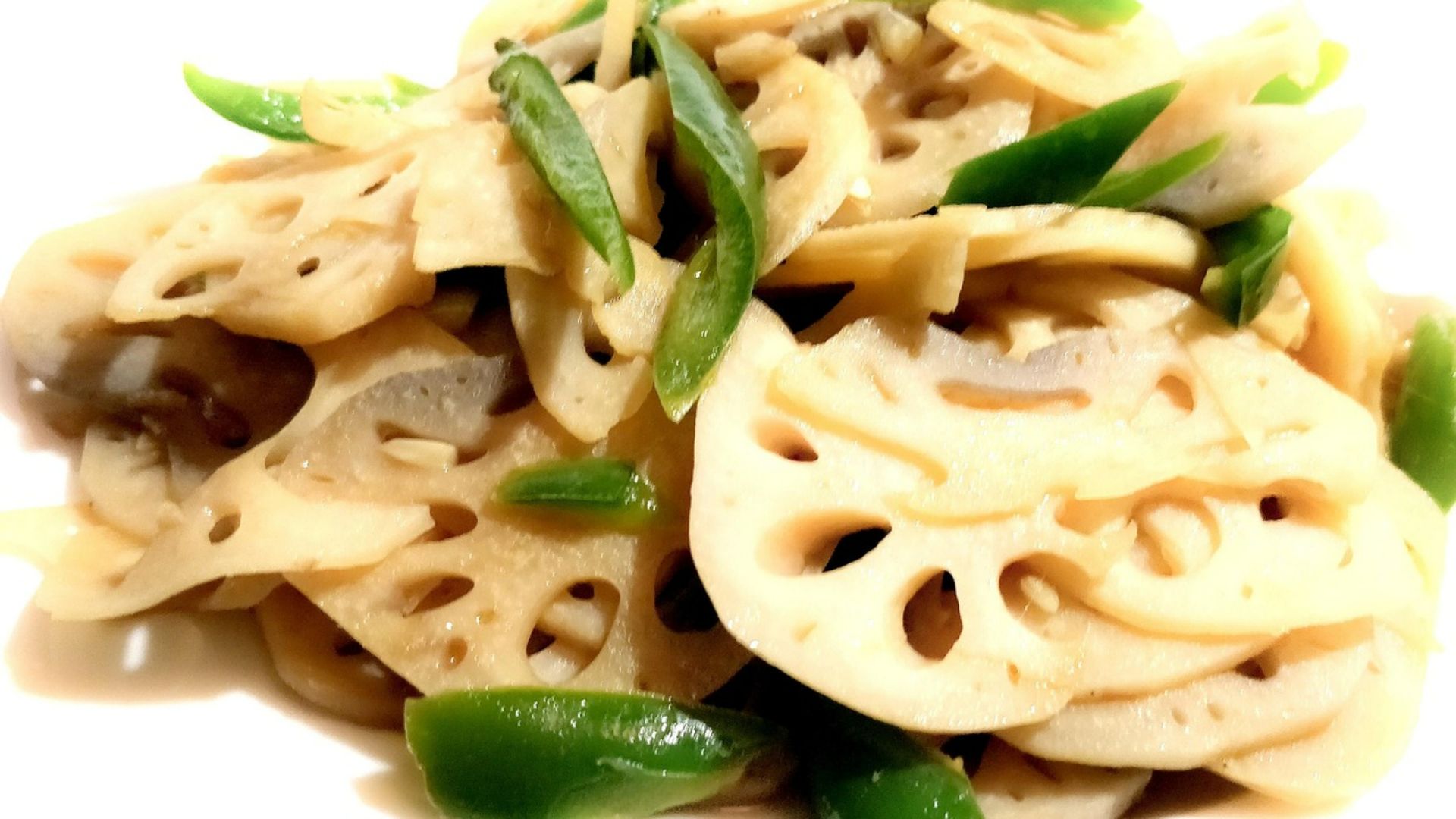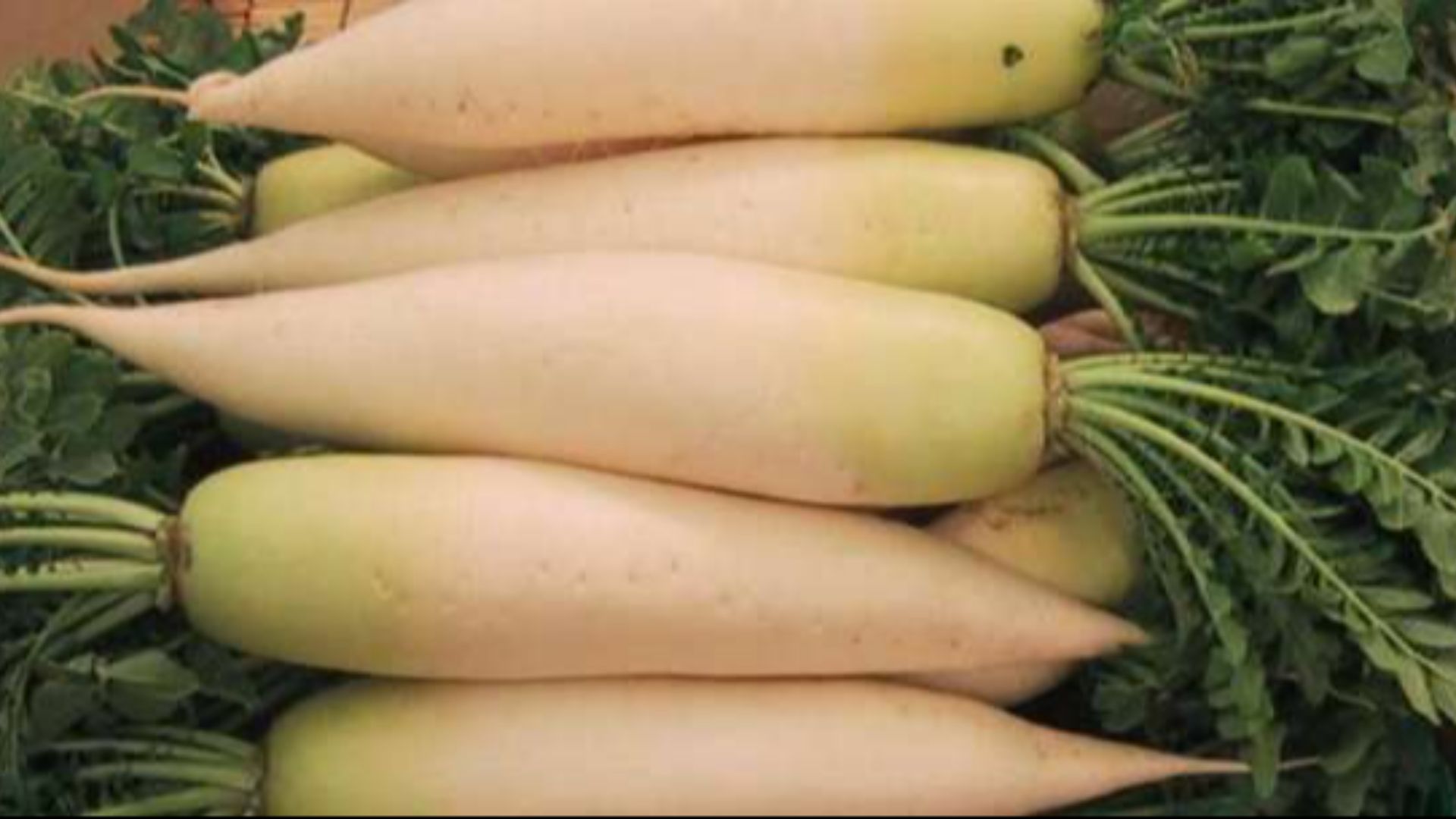Dirt-Covered And Totally Worth It
Some roots come to mind when we prepare stew, but if you learn about them, you'll know that they're not just for flavor. These vegetables have, for centuries, been doing things for the human body that you may have never even given much thought to. You don't need to reinvent your meals. Just look down, dig a little deeper, and eat smarter. These 20 root vegetables should definitely be in your rotation.
1. Carrots
Ask any dietitian to name a foundational vegetable, and carrots will be on the list. Their beta-carotene converts to vitamin A, which helps with immune strength and vision. They're also a rich source of lutein, and that's why they are valuable for eye health, too.
2. Yuca
You may confuse yuca with cassava until you eat the fries and wonder why they taste different. Yuca is satisfying and loaded with potassium. Indigenous cultures across South America still rely on it as a daily staple. It calms muscle tension and stabilizes electrolyte balance.
3. Sweet Potatoes
Many people turn to sweet potatoes for comfort food, and for good reason—they’re complex carbs that help stabilize blood sugar and boost your mood. Packed with vitamin A, they also provide manganese and slow-digesting fiber, keeping you grounded and satisfied.
4. Parsnips
Parsnips could be one of the reasons why winter soups feel so filling. How? They offer soluble fiber, which slows digestion and steadies glucose levels. Historically used across Europe as a staple, they've held up as an ideal fuel for long, cold seasons.
5. Red Radishes
Red radishes have a sharp, peppery taste and contain glucosinolates, compounds that are linked to liver detox and reduced inflammation. With their high water content, they also help hydrate. In Japanese and Korean cuisines, they’re used to cleanse the palate and reset the taste buds between richer dishes.
6. Wasabi Root
Look past the nose-clearing burn and enjoy wasabi root for the isothiocyanates it contains. These natural compounds have been shown to reduce microbial growth and support sinus health. It's tough to grow and often faked, but the real thing offers antibacterial punch and respiratory relief.
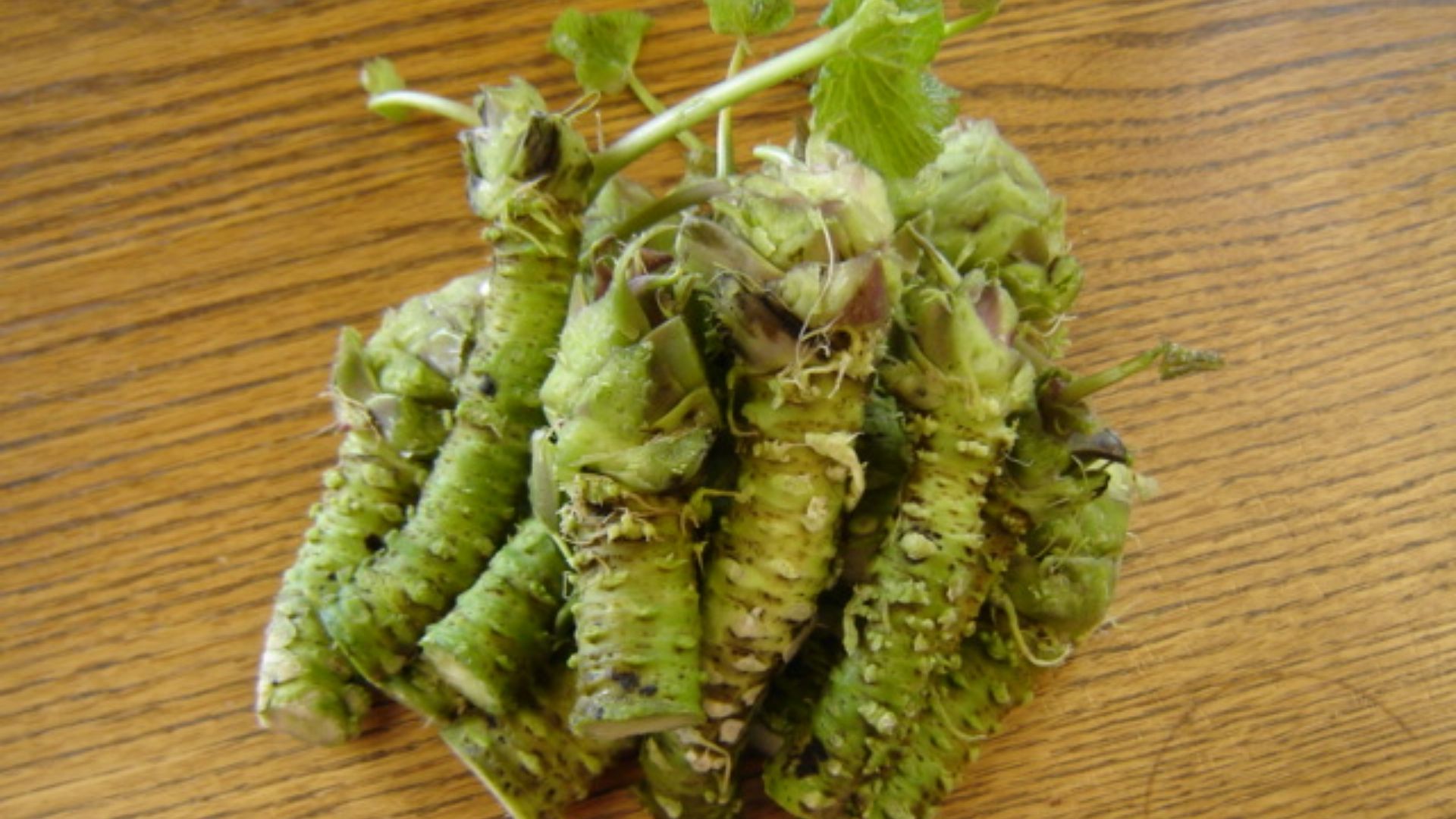 Sabigirl at English Wikipedia on Wikimedia
Sabigirl at English Wikipedia on Wikimedia
7. Turnips
While not super-popular, they quietly load your plate with vitamin K and calcium, which are both key to long-term bone health. Farmers once prized turnips for winter livestock feed. Today, we're rediscovering how they support skeletal strength while offering a surprisingly satisfying bite.
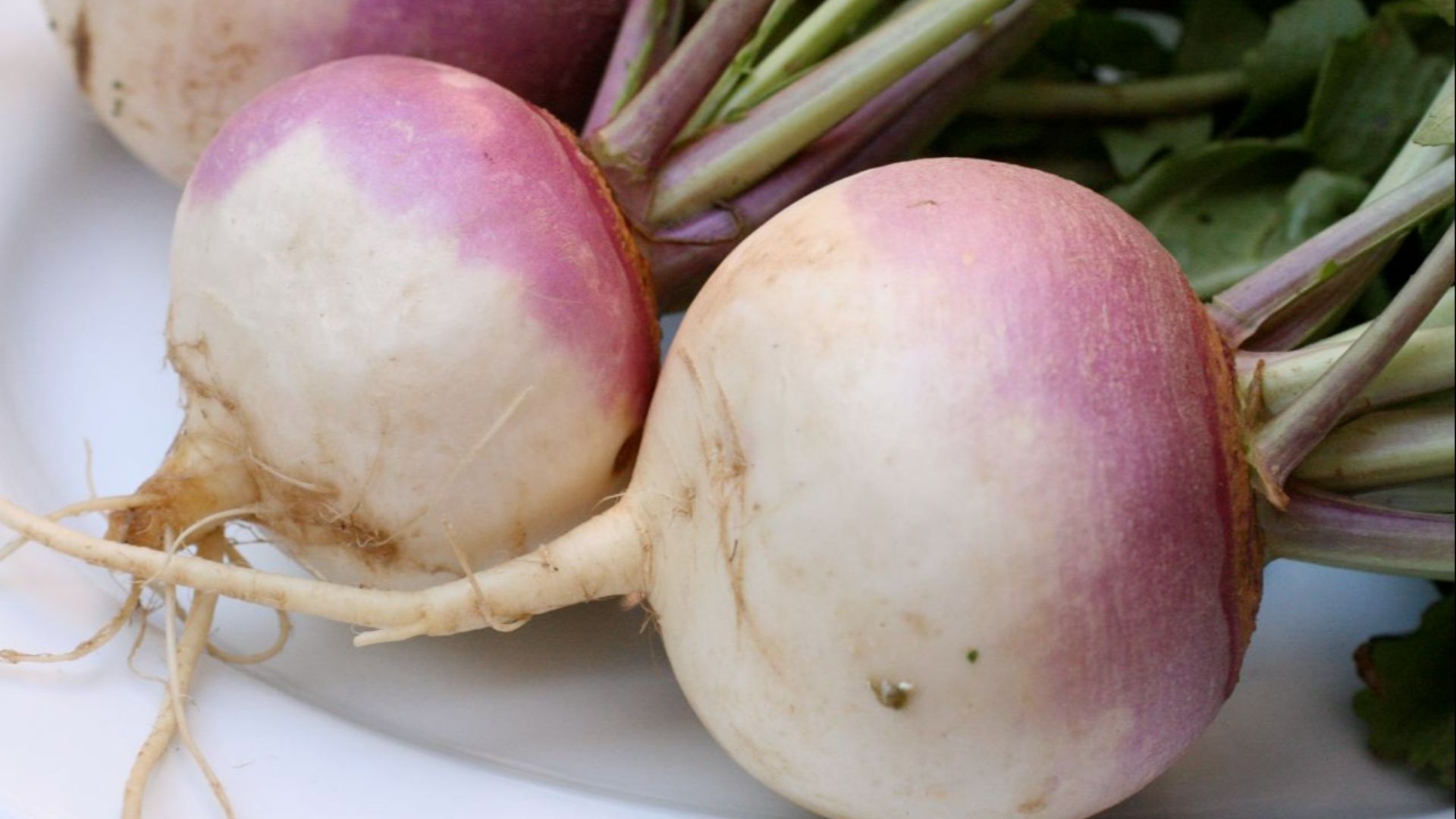 thebittenword.com on Wikimedia
thebittenword.com on Wikimedia
8. Jerusalem Artichokes
Jerusalem artichokes are packed with inulin, a prebiotic that supports gut flora. Before reaching Europe, they were a staple for Indigenous peoples, valued for their fiber content that aids digestion. These knobby roots, resembling ginger, offer a natural boost to your digestive health.
9. Jicama
Jicama is popular in Latin cuisine and works great raw. Crunch into it, and you're basically drinking water loaded with magnesium and vitamin C. The real beauty is that its high fiber slows glucose absorption, which makes it ideal for people watching their blood sugar.
10. Taro
Taro roots are common across Polynesian and Southeast Asian cuisines. They are starchy, mild, and deeply sustaining. Their resistant starch isn't digested in the small intestine but reaches your colon, where it feeds good bacteria. This prebiotic effect makes Taro a gut health gem.
11. Beets
Beyond staining your cutting board, beets also help open up your blood vessels. Their natural nitrates boost nitric oxide production, which improves blood flow and enhances athletic performance. In clinical settings, beets are often included in hypertension management plans due to their blood pressure-lowering effects.
12. Celery Root
This knobby root holds more vitamin B6 than you'll expect, and that supports nervous system balance and brain health. French kitchens use it pureed while showing off its earthy richness. You might know it as celeriac, and no, it's not the same as celery stalks.
13. Maca Root
Maca comes from the high Andes and was once eaten by Incan warriors before battle. Today, it's better known for balancing hormones and supporting endurance. Its adaptogenic compounds help regulate stress responses. Basically, your energy stabilizes, even when everything else feels out of form.
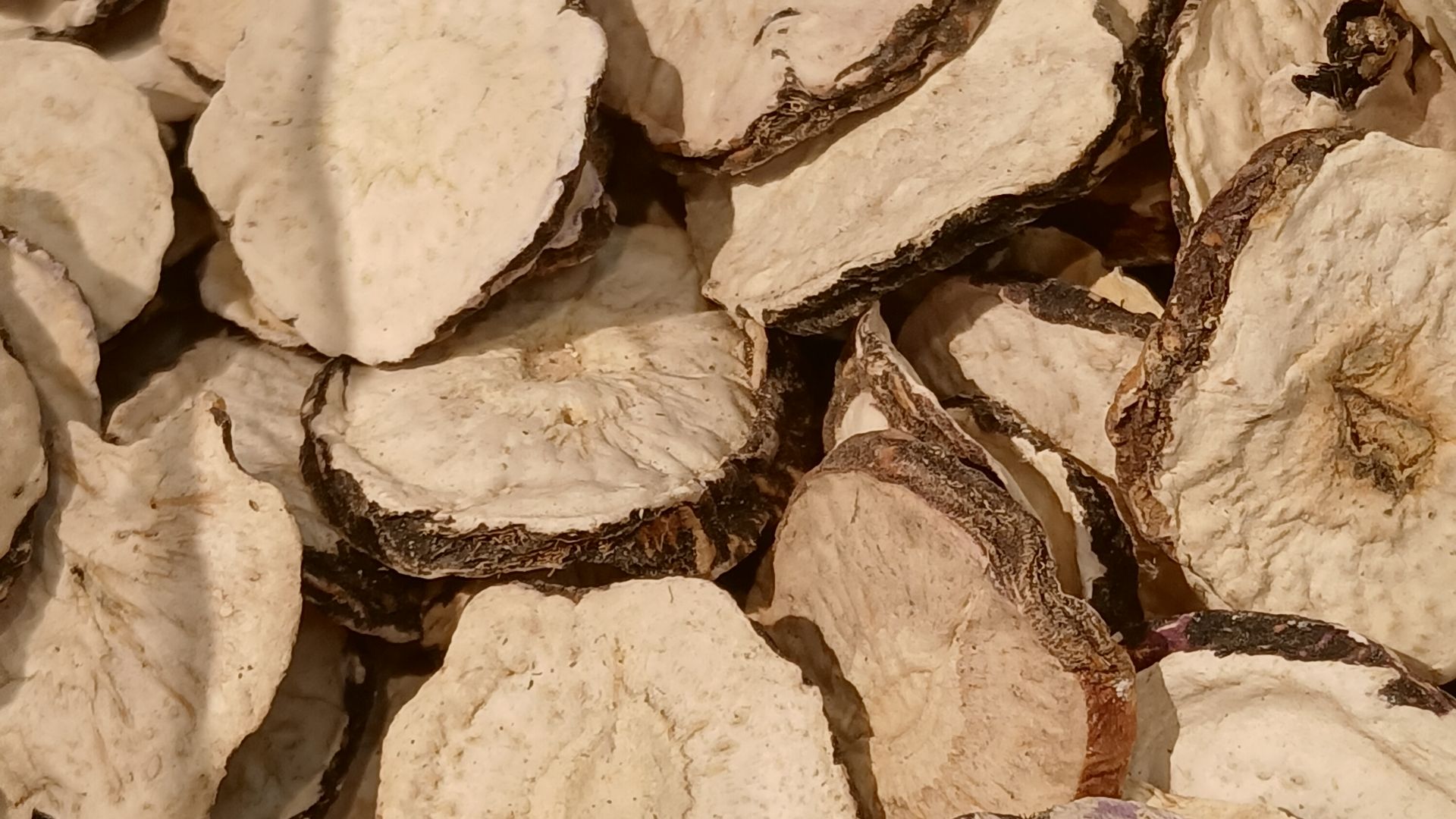 Fumikas Sagisavas on Wikimedia
Fumikas Sagisavas on Wikimedia
14. Burdock Root
The earthy smell you perceive when burdock root hits the pot is both an aroma and a medicine. Long revered in Chinese and Ayurvedic traditions, burdock purifies blood and supports skin healing. Because it's rich in polyphenols, it can support the liver and lymphatic systems.
15. Kohlrabi
While kohlrabi tastes like a broccoli stem, it also has a crunch and is high in glucosinolates and fiber. It's a glucose-level regulator disguised as a snack. Because it satisfies without spiking sugar, Eastern Europeans have long eaten it raw in salads.
16. Malanga
When allergies strike, malanga can offer relief. This hypoallergenic root is often introduced as one of the first solids for sensitive eaters. Packed with vitamin E and fiber, it’s unlikely to trigger intolerances. Trusted by Caribbean and Latin American cooks, it’s commonly used in stews for its nutritional benefits without causing discomfort.
17. Arrowroot
For centuries, arrowroot has served as a healing food for babies and the sick. Its starch is easy to digest. Besides being gluten-free and non-irritating, it's also useful when your gut feels off. In the Caribbean, it's still common in recovery broths.
18. Rutabagas
This cross between cabbage and turnip made its way into human diets around the 1600s. Often overlooked, rutabagas are rich in manganese, which helps enzymes process amino acids and fats. What sets them apart? Their earthy, sweet flavor comes with an impressive potassium-to-carb ratio.
19. Lotus Root
Forget the snowflake look. Lotus root supports red blood cell production with its copper and iron content. In Traditional Chinese Medicine, it's been used to cool the body and nourish the lungs, and it is especially helpful in dry, irritated conditions.
20. Daikon Radishes
While daikon radishes may not have the sharp flavor of red radishes, they offer far greater anti-inflammatory benefits. Packed with myrosinase and phenolic compounds, daikon helps break down fats and reduce bloating. Its ability to gently reset the body after overindulgence is why it's often used in Japanese soups.
KEEP ON READING

The 20 Most Popular Cheeses From Around The World




